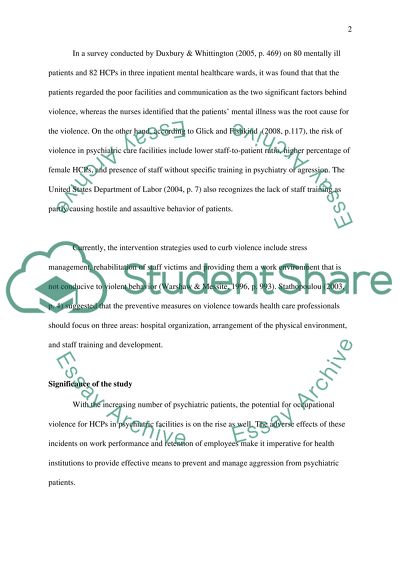Cite this document
(“Violence towards mental health nurses Research Paper”, n.d.)
Retrieved from https://studentshare.org/nursing/1398571-violence-towards-mental-health-nurses
Retrieved from https://studentshare.org/nursing/1398571-violence-towards-mental-health-nurses
(Violence towards Mental Health Nurses Research Paper)
https://studentshare.org/nursing/1398571-violence-towards-mental-health-nurses.
https://studentshare.org/nursing/1398571-violence-towards-mental-health-nurses.
“Violence towards Mental Health Nurses Research Paper”, n.d. https://studentshare.org/nursing/1398571-violence-towards-mental-health-nurses.


